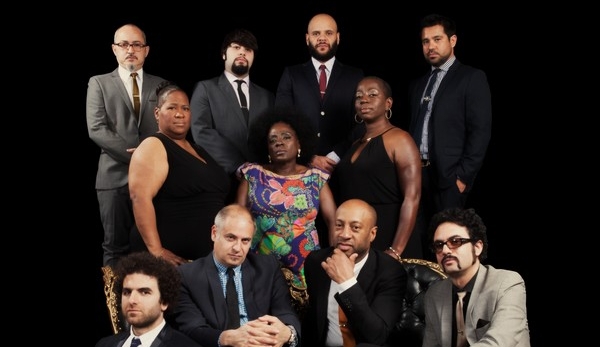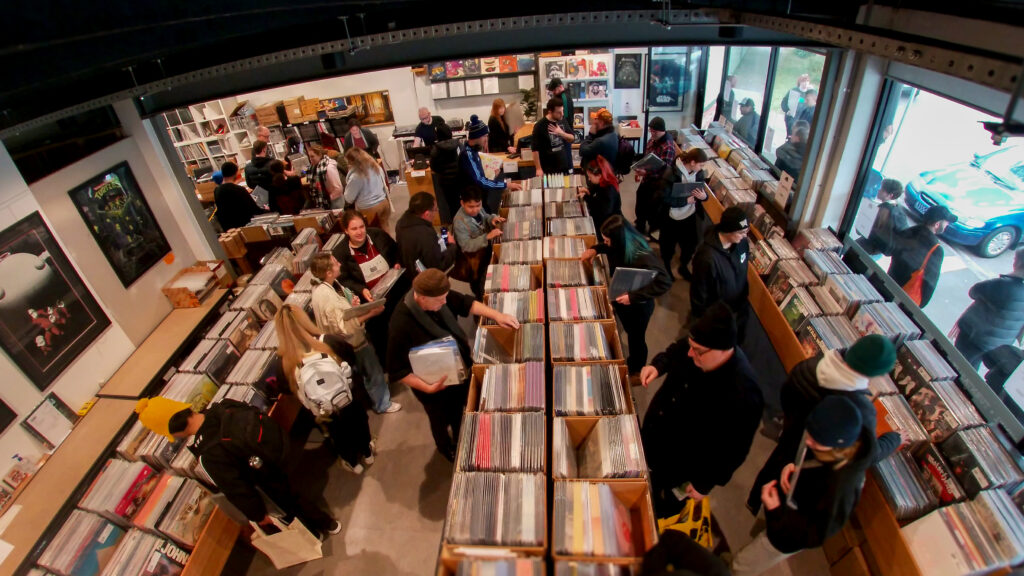The sunny and crisp Melbourne morning has failed to get Ryan’s mind pumping and it takes a few chugs of coffee before it starts humming like a single coil pickup. Like most journalists, he’s steadfast with his opinions and not afraid to offend. This becomes most apparent after I pose the question of which local music journalists he enjoys reading, when he responds, “In Australia? No one.”
“I think music writing is a very special kind of writing,” Ryan says. “I think it’s understood in America and some of the best writing happening in America is music writing. In Australia it’s just this ghetto and not taken seriously and no one really has much of a crack at it. Clinton Walker in his book Buried Country had a crack at jumping into the unknown.”
If you give it a moment’s thought the concept of jumping into the unknown may be the answer to everything thought provoking in life. Delving deep into unknown voids of knowledge should be a journalist’s playground, and for Ryan, it’s what gives a piece real sting. In the book’s introduction, he notes that “none of the writers of the essays in this book knew how their stories would end”, which almost sounds like an allegory for life. It’s an idea he pins as a secret to great writing and something that hasn’t seemed to spread among today’s Australian non-fiction writers.
“Good writing is effective when it’s something you don’t know, something you’ve never heard before; a thought you’ve never thought before or it’s an immense feeling you get,” Ryan explains. “They’re pretty unfashionable qualities in Australian non-fiction writing as a whole. Writing non-fiction in Australia is very safe. Writers are scared of jumping into things they don’t know about if they don’t know there definitely is a story and have a rough map of how it’s going to be.
“That’s partly down to the economics where it’s hard to get a well-paid writing gig and uncover stuff no one has ever found out before. It’s expensive, it takes time and usually travel. With this book I don’t think any of the writers knew where their story was going to go. Some of them were deeply investigative and some of them were emotional.”
The essays in the book cover a vast array of subjects from Molly Meldrum’s early years to the genius of Bee Gee brother Barry Gibbs. Among the collection, two of the most striking pieces come early in the book and are penned by Maureen O’Shauhnessy and Tony Wilson. O’Shaunessy’s deeply emotional account of travelling to Bluesfest in 2011 with her husband while his brother lay dying interstate instils a feeling of suffocation. A cold fear of the clock rises in your spine as she spins images of escapism and the loneliness of dealing with a loved one’s death. On the other side of the spectrum, Wilson’s account of hunting down the woman Keith Richards played house with during The Rolling Stones’ Melbourne shows in 1973 is a true example of void jumping. Wilson writes of his basically hopeless quest based on a few scraps of information from Richards’ autobiography Life while filling the pages with insider stories about The Stones only those who were there could tell.
The mystery surrounding a story and the twists it takes are what makes the damn thing worth reading, with musicians generally reliable in providing a bit of folklore for us mere mortals to ponder. Things have changed since the old days of rock gods and Ryan puts some of that down to artists sharing far too much about themselves through social media.
“Music lives in your head,” Ryan poses. “It’s not just music coming out of your stereo or headphones. There’s that but there’s also how it sounds in your head when it’s not playing. Even when a song is playing it has a particular relationship with the cortex of your brain. The more you know, the more it squashes that idea of the magic.”
“It’s exactly the opposite of what used to happen in rock where people would be as mysterious as they could be and wouldn’t reveal much. They’d go on shows like Countdown and say let’s cause some trouble. Let’s just muck around and shock people. It was very dangerous. It was a false safe danger but the air of danger and mystery was important. Now musicians are like up-and-coming business people pulling their career together.”
BY RHYS MCRAE







